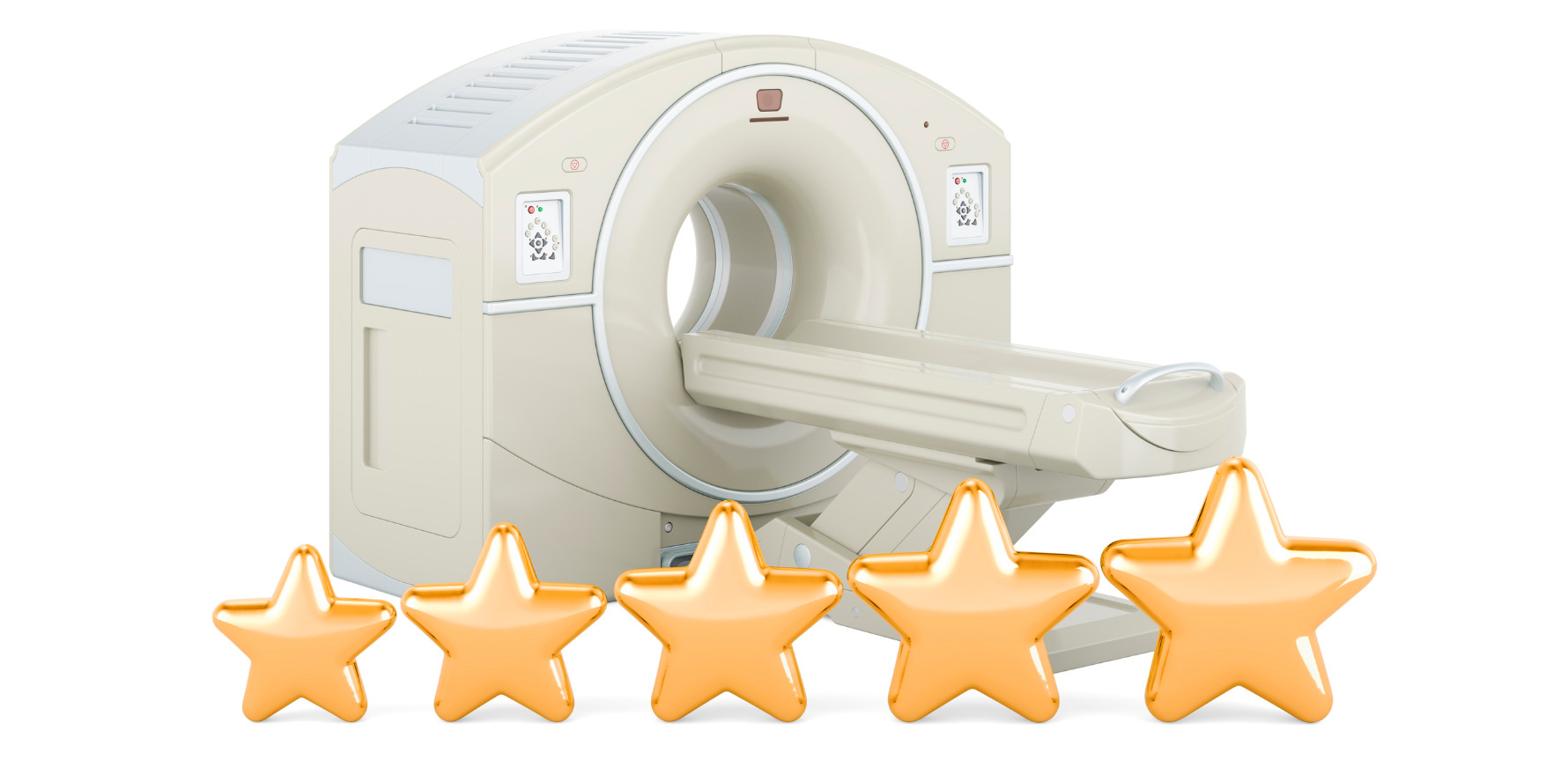Australian research supports the use of PET/CT imaging as a first-line diagnostic tool in giant cell arteritis.
A Sydney research team has found that PET/CT including the cranial and large vessels offers high diagnostic accuracy for giant cell arteritis in a real-world setting.
The technology, which is used as a first-line diagnostic tool at the Prince of Wales hospital, has previously been found effective in a tightly controlled research setting (Dr Tony Sammel’s GAPS study).
The investigators were keen to test its reliability in an all-comers cohort where confounders and elements of real life could potentially affect its performance.
The study (abstract 1646) included 135 patients with suspected new onset GCA who all underwent fluorodeoxyglucose-PET/CT imaging and were scanned from vertex to thighs.
Scans were graded by an experienced nuclear medicine physician as being positive, equivocal or negative for medium-large vessel vasculitis. The comparator was the treating clinician’s diagnosis of active M-LVV at least six months after the scan, and data from temporal artery biopsy and vascular ultrasound were also recorded.
They reported that PET/CT had good diagnostic performance, with sensitivity ranging from around 77-91% and specificity ranging from 76-99% for a clinician diagnosis of active M-LVV.
“What our study has shown – and so far, it’s the largest one in the world looking at real-world use of PET – is that the sensitivity and specificity found in the research setting still holds, and that it does have good diagnostic performance,” lead author Dr Keren Port told Rheumatology Republic.
She explained that temporal and axillary artery ultrasound is a first-line investigation in Europe, but the required expertise is not as widespread in Australia or the US. Meanwhile, the more invasive temporal artery biopsy is recommended in the ACR guidelines as first line investigation.
“As an alternative, non-invasive technique, that’s where PET/CT plays a role. It also has a whole lot of other benefits. So if you’re looking at ultrasound, you’re looking at two arteries: you’re looking at temporal artery, and usually these days the axillary artery, and they can do a few other accessible arteries.
“But the difference with PET is that you can look at all the vessels from the vertex – we scan to the thighs.”
She pointed out that extracranial disease is an important feature in diagnostics, and with PET you get to see everything at once.
“It’s more expensive than ultrasound, and people are exposed to radiation. But the benefit compared to ultrasound is that you see a lot more, and you get to analyse a lot more than you do with ultrasound.”
In the same session, Dr Tony Sammel presented a 5-year follow up to the GAPS study (abstract 1645). Of the original 16 patients eligible for inclusion, 11 participated in the 5-year study and all were in clinical and serological GCA remission.
Four of the 11 patients had aortic dilatation at 5 years, although aortic avidity at diagnosis did not predict dilatation at 5 years. Meanwhile, FDG PET-CT detected avidity changed from predominantly cranial activity at diagnosis to exclusively large vessel disease, with none of the 11 patients showing cranial avidity at 5 years.
All six patients with inactive scans were taking an immunosuppressive agent (methotrexate, leflunomide, azathioprine or tocilizumab), while the five patients with globally active scans at 5 years were not on therapy, suggesting that steroid-sparing agents may protect against subclinical vascular disease activity.
- 1646 The Real-World Experience of Combined Cranial and Large Vessel FDG-PET/CT in the Investigation of Giant Cell Arteritis
- 1645 Aortic Dilatation and PET/CT Vascular Activity at Diagnosis and 5 Years in an Inception Giant Cell Arteritis (GCA) Cohort


